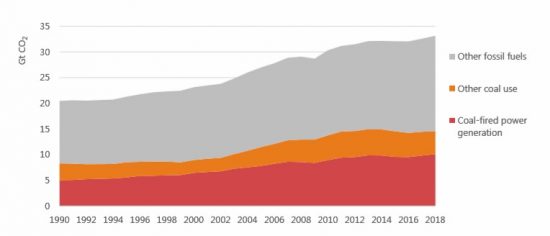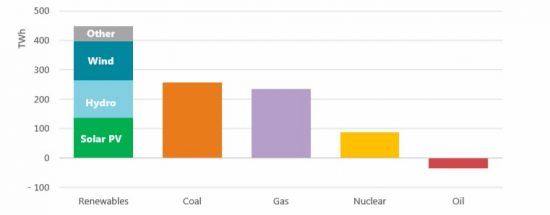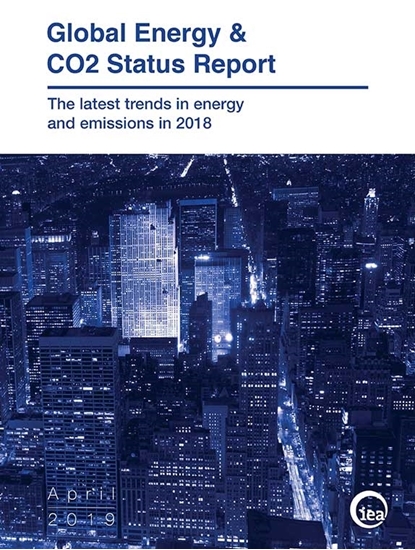March 26, 2019 – If we were to look objectively and dispassionately at the current state of effort by governments, industry, and citizens to address global warming, we would have to conclude that we are failing the grade collectively. The International Energy Agency (IEA) in its latest report should be of concern to every human on the planet because carbon emissions which a few years ago were in a holding pattern are now going up by 1.7% per year, the highest volume increase since 2013, and 70% higher than the average increase since 2010.
What countries are the major contributors to this rise?
- India 4.5%, up 105 Megatons but per capita emissions remain at 40% of the global average.
- The United States 3.1%, although the country’s current overall emissions remain at 1990 levels and 14% below the peak year of 2000.
- China 2.5%, up 230 Megatons to a total contribution of 9.5 Gigatons annually.
These three countries accounted for 85% of net new carbon emissions into the atmosphere.
For the first time, the IEA looked at the burning of coal and its contribution to the 1.0 Celsius (1.8 Fahrenheit) increase in mean atmospheric temperatures since the Industrial Revolution back in the mid-19th century. It concluded that 0.3 Celsius (0.54 Fahrenheit) of the total rise came from coal usage.
Why was coal singled out? Because the growth of coal use particularly in India, South Asia, and Sub-Saharan Africa was seen as the single largest contributor of new carbon emissions in 2018. Coal-fired thermal electricity plants in 2018 were producing 30% of all global carbon dioxide (CO2) emissions. As a result, average CO2 atmospheric concentrations in 2018 rose by 2.4 parts per million from the previous year.

Some encouraging facts from the IEA Report
- Growth in the conversion of older coal-fired power plants to natural gas mostly in the United States and China. Without conversions, emissions would have been 15% higher for the year.
- A rise in renewable energy capacity and increased generation from nuclear power plants to keep the lid on carbon emissions from rising even further than what has been reported.
- An increase in plans to develop carbon capture, utilization, and storage (CCUS) on a much larger scale with 43 projects operating or under construction, representing a 15% increase in global carbon capture and 13 Megatons in capacity annually.
- Emissions from the European Union (EU) fell by 1.3% or 50 Megatons with Germany providing the most significant decline. Renewables accounted for 37% of Germany’s and 35% of the United Kingdom’s energy mix. In the latter country, emissions dropped to levels not seen since 1888.
- Notable other emission drops occurred in Japan and Mexico.
- Energy efficiency played the most significant role in damping down emissions growth although its contribution was 40% lower than the previous year largely attributed to a slowdown in policy implementation.
- Average carbon intensity in the energy sector improved by 10% representing the equivalent of removing 1.5 Gigatons of carbon emissions if these improvements had not been made.
Electricity demand grows 4% in 2018
Overall global electricity capacity grew by 900 Terrawatt hours (TWh) in 2018, two-times faster than overall energy demand and the fastest growth since 2010. By source, half of the new capacity came from renewable energy sources as seen in the graph below.

The increasing demand for electricity, states the IEA report, came because of changing climate conditions with air conditioning requirements up in the summer (it was the fourth hottest year on record), and heating needs rising from occurrences of polar vortices during the winter in North America. The lion share of new electricity demand came from the United States and China followed by India.









